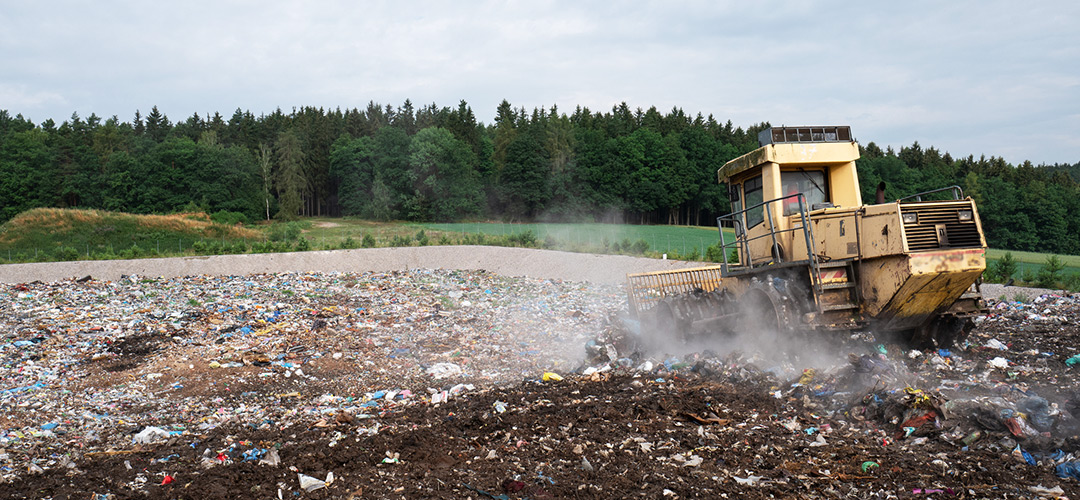Tipping fees rose an average of 5.2 percent in 2019. Did your rates keep up?
An October 29, 2019 article for Waste Today (wastetodaymagazine.com) reported that the average tipping fee rose 5.2 percent from 2018 to 2019 to $55.36 per ton. Did your rates rise by 5.2 percent? If your rate increases didn’t keep up with tipping fee increases, then you probably want to evaluate how to reduce the tonnage of dewatered sludge you ship to the landfill. This may apply double if you are in the Pacific Northwest or Alaska, because even though the rate of increase was lower for your region, your rates are the highest and you are probably shelling out over $73.00 per ton on average. The South-Central region has the lowest tipping fees, but even those rose by 15%, to an average of $40.92 per ton. The highest percentage increase was for the Mountain/Plains region, which saw their tipping fees rise by a whopping 16.4% to an average of $50.71. If you are in the Northeast, you have a different problem – closing landfills. You may not be paying higher tipping fees but are probably having to ship your sludge to the Southeast. And yes, tipping fees are lower there, but any savings are eaten up in shipping costs. Either way, you are probably paying more each year to landfill your sludge.
If you have phosphorus limits and are using traditional aluminum or iron-based coagulants, you may be shaking your head right about now. You know these coagulants bind water, making dewatering more difficult, reducing the percent solids you can get from your belt filter press. You may even be aware that for every mg of phosphorus you remove, these coagulants produce 12 to 16 mg/L of sludge, driving up your costs even further. In future blogs, we will look into the details as to why this is so, and what you can do about it. But the bottom line is that these coagulants produce more solids, and you get lower percent solids and higher water content in the pressed sludge going to the landfill. All these factors impact YOUR bottom line and mean more money flowing out of your budget.
Reducing Sludge, Reducing Disposal Costs
There is a way to reduce the sludge related to phosphorus and produce a sludge that dewaters better, reducing disposal costs. Read more about how Neo Water Treatment helped a WWTF reduce their sludge volume, increase their percentage of solids and save money: Sludge Reduction Benefits
Tipping fees are only going up. If you are ready to take control of your solids and reduce disposal costs, Contact us for a free evaluation.
Signup for occasional email updates at https://neowatertreatment.com/contact/get-updates/.



